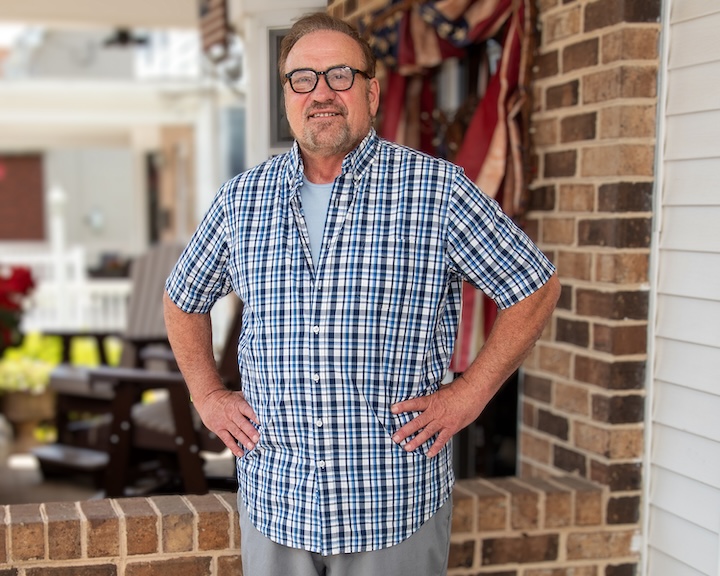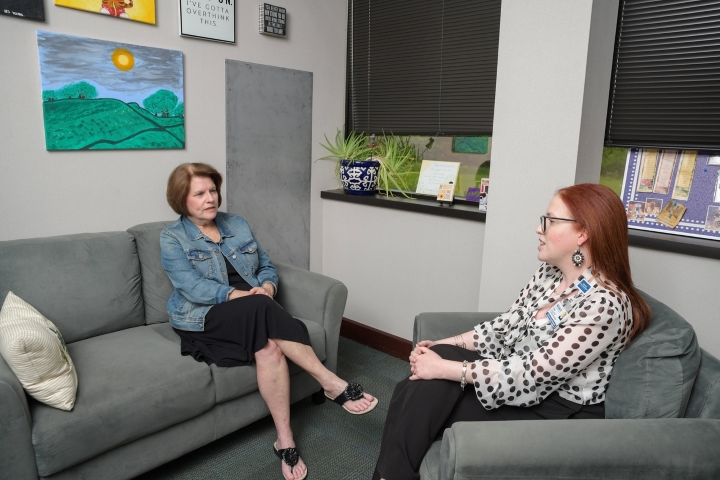Trump Diagnosis Brings Attention to Affliction Common among Older Adults
July 22, 2025

News that President Trump is suffering from chronic venous insufficiency (CVI) has brought national attention to a condition that affects millions of Americans every year.
CVI is one of the most common vascular conditions in the United States, especially among geriatric patients. Many do not recognize the signs or know that help is available.
What Is Chronic Venous Insufficiency?
CVI occurs when the veins in the legs have trouble sending blood back to the heart, explained Michael J. Qaqish, MD, a board-certified vascular surgeon with St. Luke’s University Health Network. Normally, veins contain small valves that keep blood flowing in the right direction. When those valves become weak or damaged, blood can pool in the legs and cause a variety of symptoms.
“Think of it like a plumbing issue,” Dr. Qaqish said. “If the valves are not closing properly, gravity causes blood to flow backwards and build up or pool in the legs. That is what causes the swelling, heaviness, and other symptoms people often feel.”
Symptoms to Watch For
CVI can look different from person to person, but common symptoms include:
- Swelling in the lower legs or ankles
- A feeling of heaviness or fatigue in the legs
- Itching, burning, or cramping
- Skin changes, such as discoloration or thickening, especially around the ankle or lower leg
- Varicose veins
- In more advanced cases, open sores or ulcers near the ankles
These symptoms often get worse after long periods of standing or sitting. They do not go away on their own and may become more severe over time.
Is It Dangerous?
Though CVI is not usually life-threatening, it can affect a person’s quality of life, and if left untreated, it can lead to chronic pain, skin damage and infections. In severe cases, people may develop venous ulcers, which are painful wounds that are difficult to heal.
“CVI is progressive,” says Dr. Qaqish. “That means it tends to get worse over time. The good news is, we have excellent treatments that can relieve symptoms and prevent complications, especially when we catch it early.”
How Is It Treated?
Treatment depends on how advanced the condition is. For many people, simple lifestyle changes such as elevating the legs, exercising regularly or wearing compression stockings can make a big difference.
For others, minimally invasive procedures may be recommended. These include:
- Endovenous laser therapy (EVLT) or radiofrequency ablation, which use heat to close off damaged veins
- A medical adhesive that is delivered into the vein via a small catheter as another option to close off damaged veins
- In rare cases, surgical options may be needed
“These procedures are done in our same-day surgery centers, and most people are back on their feet the same day,” Dr. Qaqish says. “They are safe, effective, and can dramatically improve a patient’s comfort and mobility.
“If you are noticing swelling, heaviness or visible veins in your legs, do not ignore it… These symptoms are your body’s way of telling you something is not right, and we are here to help.”
To schedule a consultation with St. Luke’s vascular surgery team, call 484-503-8281.
Read More NewsLatest News

July 10, 2025

